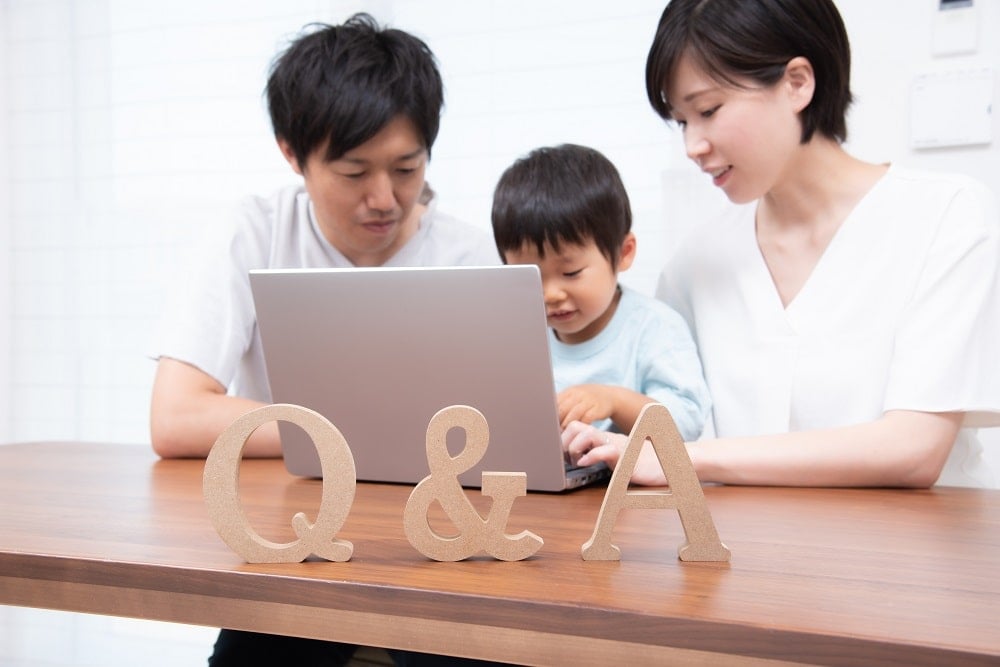Parents FAQ

At Treehouse Eyes, our mission is to provide children with better vision that can last their whole life. We are the first health care practice that is exclusively dedicated to treating myopia in children. Our doctors have helped thousands of children have better vision and also reduce their risks of having serious eye diseases linked to myopia.
What is myopia/nearsightedness?
Myopia is an eye disease usually caused by the eye growing too long. This causes the symptom (nearsightedness) of distance objects appearing blurry. This excess eye growth is believed to be partly due to genetics (myopic kids often have myopic parents), not spending enough time outdoors and excess digital device use (computers, smart phones and tablets).
The incidence of myopia in children is rising significantly. This is important because myopia increases the risk of serious sight threatening eye diseases such as retinal detachment, glaucoma and cataracts and untreated kids may have very high prescriptions as adults.
Myopia management aims to slow down, and sometimes stop, your child’s eyes from growing too long and attempts to decrease the chances of acquiring these serious diseases.
Why not wear glasses or regular contact lenses for myopia?
Glasses and regular contact lenses only compensate for blurry distance vision and help your child see clearly, but do not treat the underlying cause of myopia — an eye that is too long. Without treatment, myopia usually progresses so your child’s vision will likely deteriorate every year, increasing their risk of other eye diseases.
What types of treatments are available?
There are currently two methods to slow or stop the progression of childhood myopia. The first uses specially designed contact lenses. These may be worn at night or during the day and are custom fit for your child’s eyes. The second method is a prescription eye drop that is formulated specifically for controlling myopia. Your Treehouse Eyes doctor will recommend the best treatment based on an assessment of your child’s medical history and lifestyle needs, and our proprietary, patent-pending Treehouse Vision System® that helps our doctors to use the most effective treatments available.
What are KIDS lenses?
Orthokeratology, or Ortho-K, is a type of contact lens that helps treat myopia progression. At Treehouse Eyes, we use our own specially designed OK lenses, referred to as KIDS lenses. These oxygen permeable contact lenses are only worn at night to shape eyes in a manner to prevent them from getting longer, i.e., more myopic. They also allow the child to see during the daytime without any other contact lenses or eyeglasses.
What is atropine?
Atropine is an eye drop that helps prevent myopia progression. It is often recommended for kids who may not like wearing contacts or can be used together with some contact lenses.
My child has astigmatism/a high prescription already. Can they still be treated?
Children with astigmatism or high prescriptions are still candidates for myopia management. We make sure to offer a variety of personalized treatments for each patient, including those with astigmatism or high prescriptions. During the evaluation, our doctors will help determine the most effective treatment for your child.
I never heard of myopia management. Is it new and can my child be treated by any eye doctor?
Myopia treatment has been studied for years. Awareness has been raised as rates of childhood myopia have recently increased dramatically. Our new approach carefully and consistently monitors patients to maximize their treatments.
Treating myopia in children requires significant clinical training, expertise and technology. At Treehouse Eyes, our doctors undergo special training specifically to treat myopia in children. While some eye doctors may “dabble” with this type of service, many refer their patients to Treehouse Eyes because of our expertise. We have also treated the kids of many of these eye doctors!
What is the cost of treatment?
The initial consultation is free and we offer affordable payment plans.
What is included in the first-year? What happens after the first year?
Much like an orthodontist does with braces, our fees are “global” and include all visits and materials needed to treat your child. Some children may require fewer visits, some require more, and we don’t want parents to worry about additional costs. Most of the work to start your child’s treatment is done in the first year. In subsequent years, fees are lower and again include any needed office visits and materials for your child. It is critical to continue treatment until the doctor believes your child is no longer at risk for progressing myopia, usually around 18-22 years old. We offer affordable financing plans you can discuss with your myopia treatment coordinator.
How effective is the treatment?
Most children see a reduction in the progression of their myopia and results can vary from patient to patient. Our doctors have worked with hundreds of families to treat their children and will discuss the treatment goals that are right for your child. Each child is unique, so after your consultation the doctor will recommend the treatment that he/she believes is best and expectations for that treatment.

